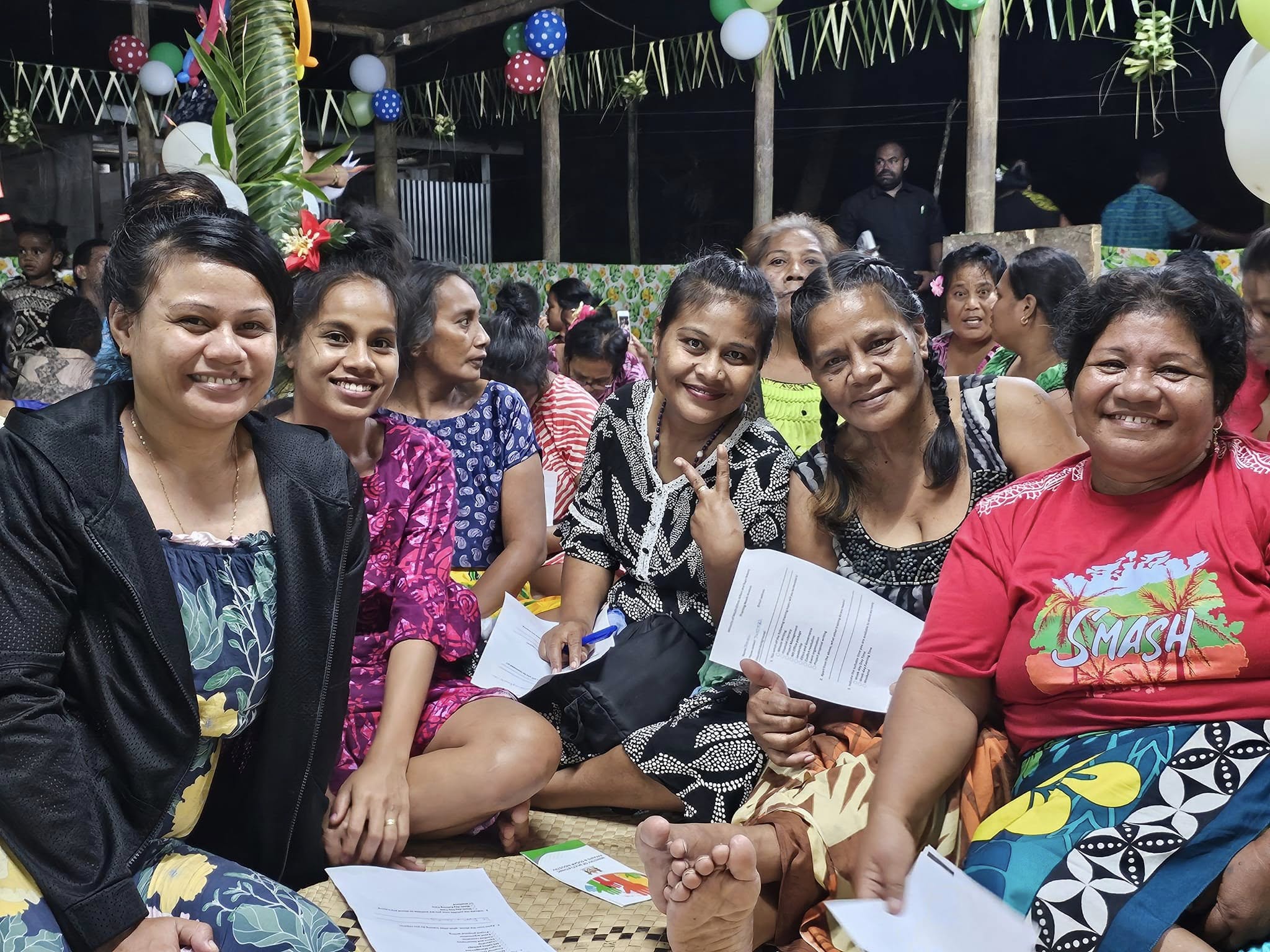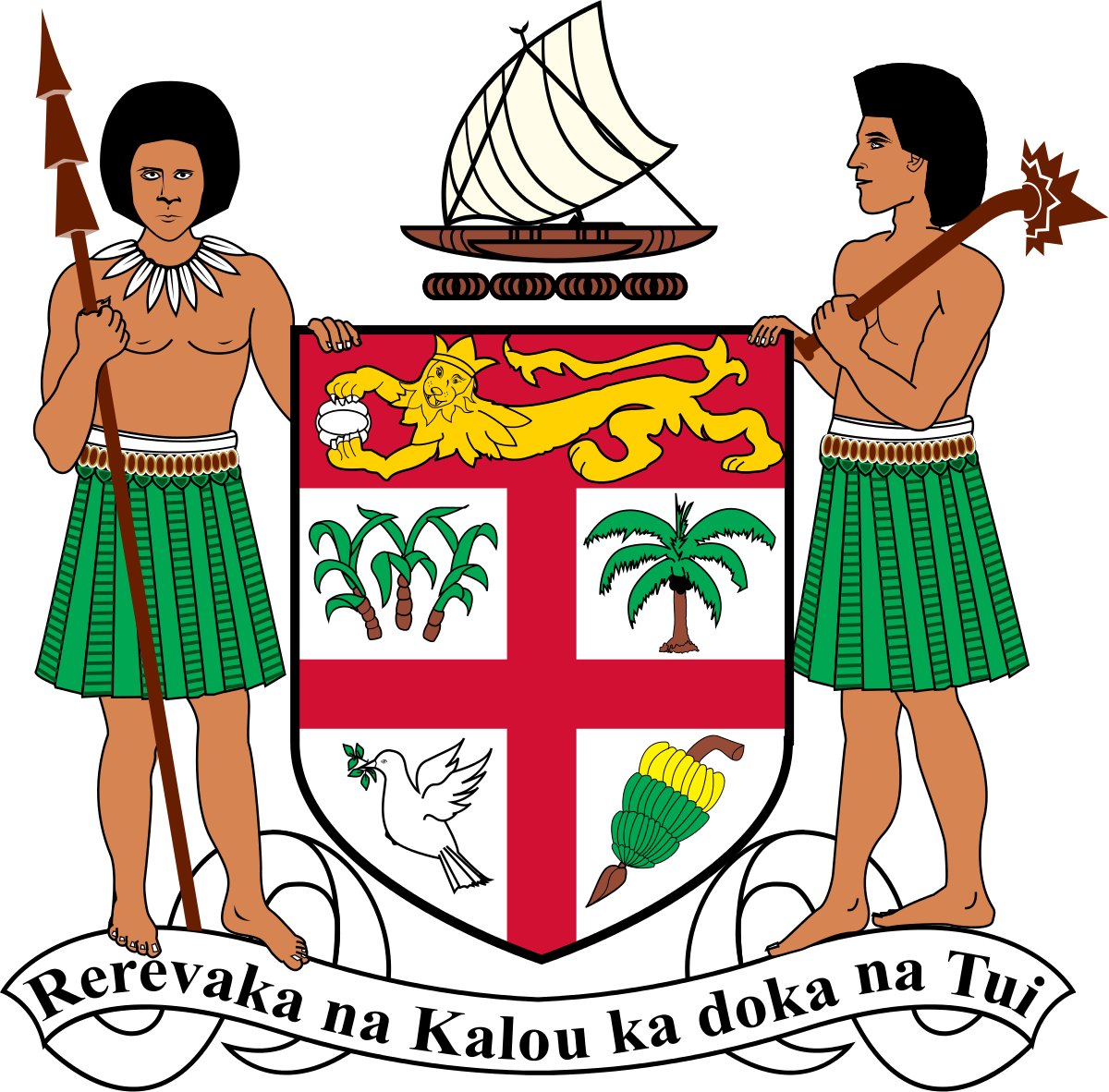Fiji’s Multi-Ethnic Dynamics

Fiji is an independent country in the Pacific with a population of approximately one million people. The country is culturally diverse. The iTaukei community make up the majority (56.8%) population. This is followed by Fijians of Indian descent comprising 37.5%, and 5.7% others (Fiji Bureau of Statistics; Census 2017). The others category include Rotumans, Banaban community, Fijians of Chinese descent, Europeans and other Pacific Islanders who have made Fiji home.
Fiji was ceded to Great Britain on 10th October 1874, thus beginning the era of colonial legacy. Fiji’s colonial period was characterized by a range of economic and social changes. These changes marked the introduction of plantations of agriculture produce, the development of a cash-based economy, and the establishment of a formal education system. Moreover, it had significant impacts on Fiji’s ethnic makeup, as it led to the arrival of large numbers of indentured labourers from India, and neighbouring Pacific countries. The recruitment of Indian labourers commenced under the indenture system bringing in 60,537 labourers from 1879 to 1916. Labourers from Vanuatu and Solomon Islands were also recruited under the indenture system from 1904 until the late nineteenth and twentieth centuries.
In 1808, a group of Chinese on board on the Eliza were shipwrecked on the reefs of Mocea. They later remained on the island of Rotuma, and were joined by many others before and after the cession who served as cooks, traders, gardeners, and merchants on trading ships. The island of Rotuma was inhabited by Chinese along with Tongans and Samoans further enriching the cultural mix in Fiji. With continued phosphate mining on Banaba in the Ocean Islands (Kiribati), Banaba became uninhabitable. These hostile conditions forced the Banaban community to relocate 2000 miles to
Rabi Island, also in the Fiji group. Over time, these various ethnic groups made Fiji their home, resulting in the diverse and multi-ethnic population that characterizes Fiji today.
Due to its multi-ethnic and multi-cultural mix, Fiji has developed a unique culture. It does not predominantly feature one ethnic group but contains a combination of cultural aspects of all ethnic groups. This is evident during religious festivals, cultural events and national celebrations. Despite this, ethnic tensions remain a central challenge in Fiji’s multi-ethnic and multi-cultural society.
Therefore, social cohesion is vital to maintain a peaceful
and prosperous Fiji.

Our Vision
Our vision is to create a modern, economically viable and sustainable sugar industry in Fiji.
Our Mission
To ensure the successful implementation of sugar cane reforms and ensure timely, effective and efficient delivery of services to relevant stakeholders for a viable sugarcane industry.
